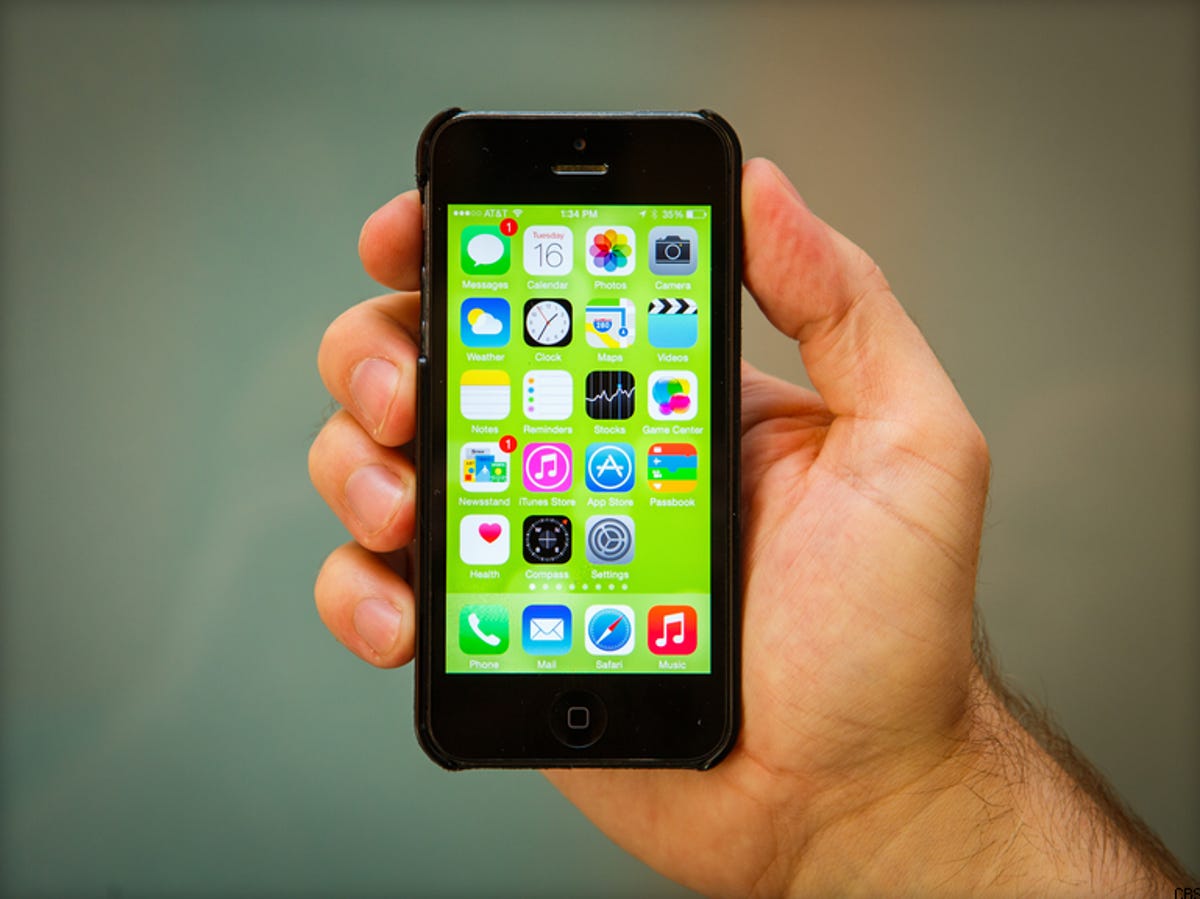
CNET
After consumers mourned the loss of camera roll with the launch of Apple’s mobile operating system iOS 8, the company announced Thursday that it’s bringing back the feature with iOS 8.1.
We will “bring back the beloved camera roll,” Apple software head Craig Federighi said during a press event at the company’s headquarters in Cupertino, Calif., on Thursday.
When Apple launched iOS 8 last month, it got rid of camera roll — much to the chagrin of of users. Camera roll was a folder on the iPhone that housed all of the photos users snapped with their phone. With iOS 8, instead of going to camera roll, photos instead went to a folder titled “recently added.” This folder also holds every photo taken and deleted by a user in the last 30 days — meaning, users cannot fully delete their photos.
Now, with the return of camera roll, users should be able to both separate and delete their photos again.
Apple announced other improvements on Thursday that will come with iOS 8.1, such as added support for Apple Pay and the debut of an iCloud photo library.
“This isn’t just your photos, it’s also your videos as well,” Federighi said explaining the iCloud photo library.
The library will be available in public beta with iOS 8.1 and will tap into users’ iCloud storage. The feature will let users make edits to photos and videos on any of their devices — smartphone, tablet or computer — and those changes will be instantly reflected on all of their devices. The first 5GB of storage will be free and then it’s 99 cents a month for 20GB, and $3.99 for 200GB; higher tiers are available, up to 1TB.
What’s new in iOS 8.1






Apple’s iOS 8 was the company’s second major release of a mobile operating system under the guidance of Federighi and head designer Jony Ive. Apple released iOS 7 last year with an updated typography, color schemes and a flatter design concept, as well as a new control center.
While not as major an overhaul as iOS 7, iOS 8 still offers a bevy of new features with more of a focus on functionality than visuals. Besides new software that tackles long-standing issues with iOS’ notification system, iOS 8 also has tie-ins with Apple’s desktop OS X software, iCloud and native SMS client Messages.
A new addition to iOS 8 also includes Handoff, which allows users to start a program — such as writing an email or composing a text — on an iPhone and then finish it on an iPad or Mac. Apple also introduced QuickType for its Messages app, which features a predictive keyboard software enhancement that allows for quicker auto-correct and fill-out suggestions.
Related Stories
- iOS 8.1 paves the way for Apple Pay
- The new thinner iPad Air 2 is here
- Apple’s OS X Yosemite will be available today
- Apple’s WatchKit to launch in November
- Apple introduces iPad Mini 3 for $399, adds Touch ID fingerprint scanner
Adoption of the iOS 8 has been sluggish, however. As of October 5, Apple’s App Store Distribution page showed adoption of iOS 8 at 47 percent. That’s a mere one point bump from the 46 percent seen on September 21 and much slower than the adoption rate of iOS7, which was 69.7 percent 20 days after launch.
But Federighi gave iOS adoption a more positive spin Thursday. “In just under four weeks, 48 percent of iOS users are on iOS 8, ” he told the crowd, noting “the vast majority” of Android users are running an OS that’s more than two years old. “After 313 days, KitKat is only on 25 percent of Android devices.”
At release, iOS 8 was saddled with a number of technical issues that prompted Apple to release iOS 8.0.1 as a fix a week later on September 24. But version 8.0.1 introduced even more bugs. Specifically, many users quickly started complaining that they were no longer able to connect to cellular networks and that the Touch ID fingerprint sensor had stopped working.
The iOS 8.0.1 update was recalled about an hour after it first became available and Apple pushed out its most current version, iOS 8.0.2, on September 25. The iOS 8.1 update will be available for download on Monday, October 20.
During its press event on Thursday, Apple also unveiled a new line of iPads — the iPad Air 2 and the iPad mini 3 . At another event last month, the company debuted two larger iPhones and gave users a glimpse of its first wearable, the Apple Watch.




